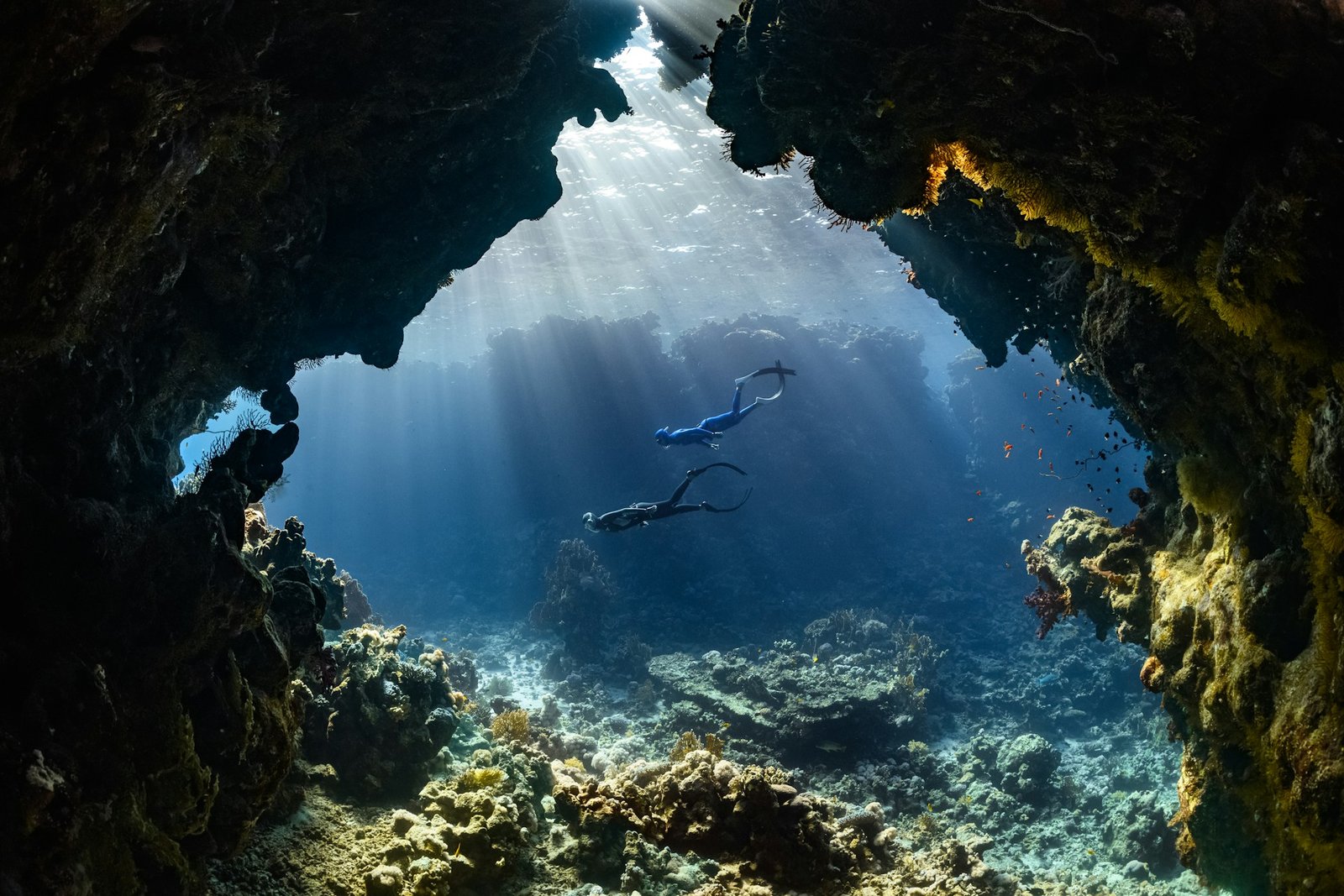The ocean covers over 70% of Earth’s surface, yet its depths remain one of the least explored frontiers. When asking how deep the ocean is, many are surprised to learn that it reaches far beyond what the human eye or even sunlight can penetrate. The mystery of ocean depth has long fascinated explorers, scientists, and ocean enthusiasts alike for centuries. From sunlit surface waters to pitch-black trenches miles below, the sea is divided into layers, each with its own unique features.
This article will guide you through the depths of the ocean layers, reveal astonishing ocean depth facts, and explain what lies in the planet’s most extreme underwater zones.
The Average Ocean Depth

While the ocean has mountains, valleys, and plateaus beneath its surface, scientists have determined that the average ocean depth is about 3,688 meters, or roughly 12,100 feet. To put that in perspective, this is more than twice the height of the Grand Canyon.
Most of the ocean lies within this mid-depth range, although vast areas extend far deeper. Understanding the average depth helps researchers study ocean circulation, marine habitats, and the pressure limits for life and exploration.
Ocean Zones Explained
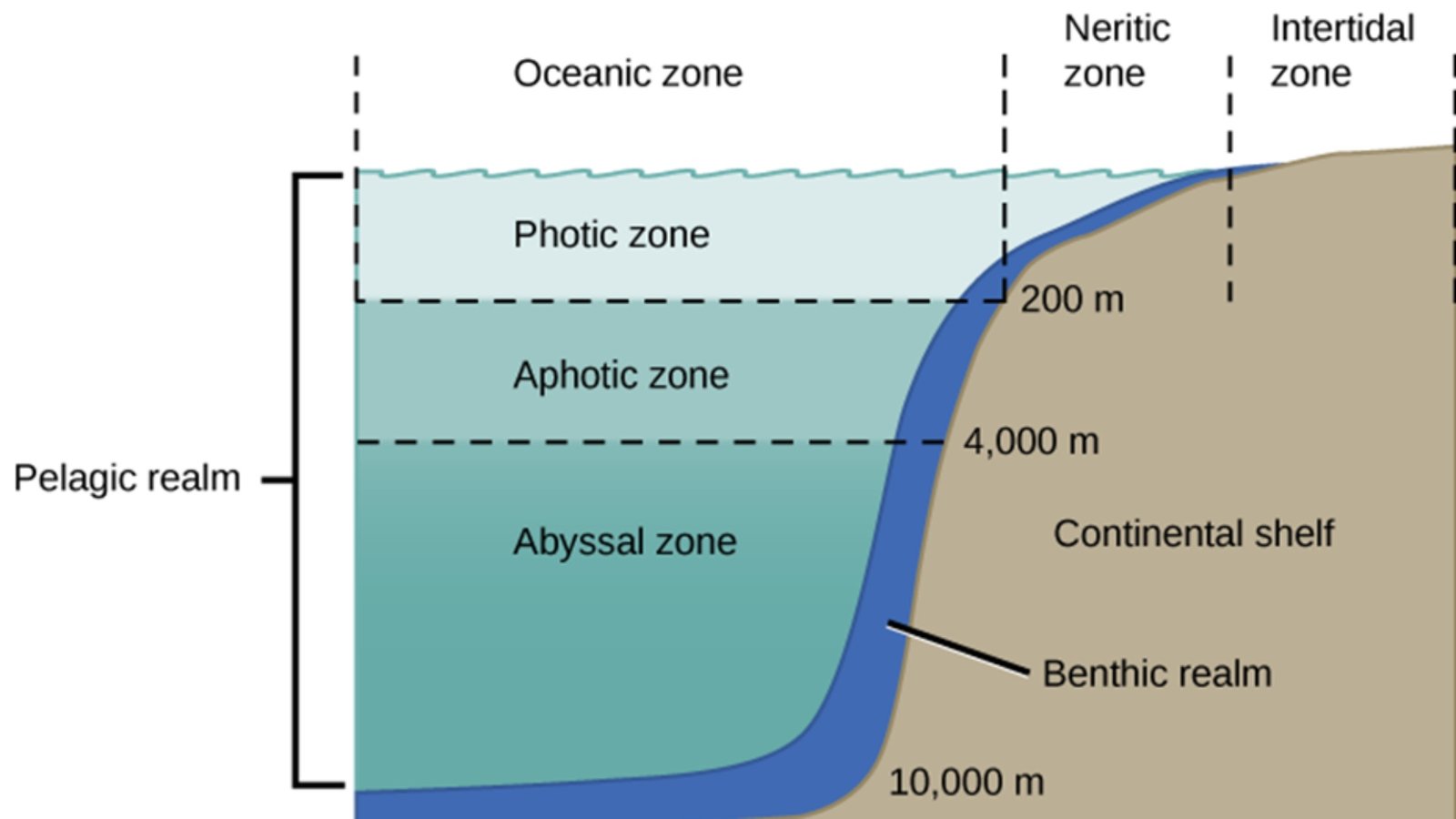
The ocean is divided into five major zones based on depth and light penetration. These zones help scientists understand how pressure, temperature, and biological life change with depth. The first is the epipelagic zone, also known as the sunlight zone, which extends from the surface to approximately 200 meters. It is home to most of the marine life we are familiar with.
Below that is the mesopelagic or twilight zone, followed by the bathypelagic, abyssopelagic, and finally the hadalpelagic zone. These layers help explain the ocean’s structure and why certain species are found only at specific depths. Understanding the ocean zones explained provides a clear picture of how conditions change as you dive deeper.
How Deep Is the Ocean Compared to Landmarks?

To better grasp the depth of the ocean, imagine stacking Mount Everest into the sea. The mountain’s peak would still fall short of the ocean’s deepest point. The tallest mountain on Earth is 8,848 meters high, while the ocean’s deepest spot goes beyond 11,000 meters.
This striking comparison highlights the remarkable depth of the ocean. When submarines travel to these depths, they experience pressures more than 1,000 times greater than at the surface. Only a handful of missions have successfully explored the ocean’s greatest depths.
Mariana Trench Depth: Earth’s Deepest Point

The Mariana Trench depth is one of the most iconic facts about the ocean’s hidden layers. Located in the western Pacific Ocean, the trench plunges to a depth of approximately 11,034 meters, or about 36,200 feet, in a location known as Challenger Deep.
This is the deepest part of the ocean and one of the most extreme environments on Earth. Despite the crushing pressure and total darkness, scientists have discovered life forms adapted to these harsh conditions, including amphipods and microbial mats.
The Twilight Zone: Mystery in the Middle

The mesopelagic zone, also known as the twilight zone, extends from 200 to 1,000 meters in depth. Sunlight barely reaches here, creating a dim, eerie atmosphere. Fish in this zone often have large eyes and special adaptations, such as bioluminescence, to find prey and avoid predators.
This middle layer plays a key role in the ocean’s food web. It is also involved in carbon cycling, as marine snow—organic particles from the upper ocean—falls into this layer and is consumed by midwater species. The Twilight Zone remains a major focus of oceanic research.
Ocean Fun Facts About Pressure and Darkness
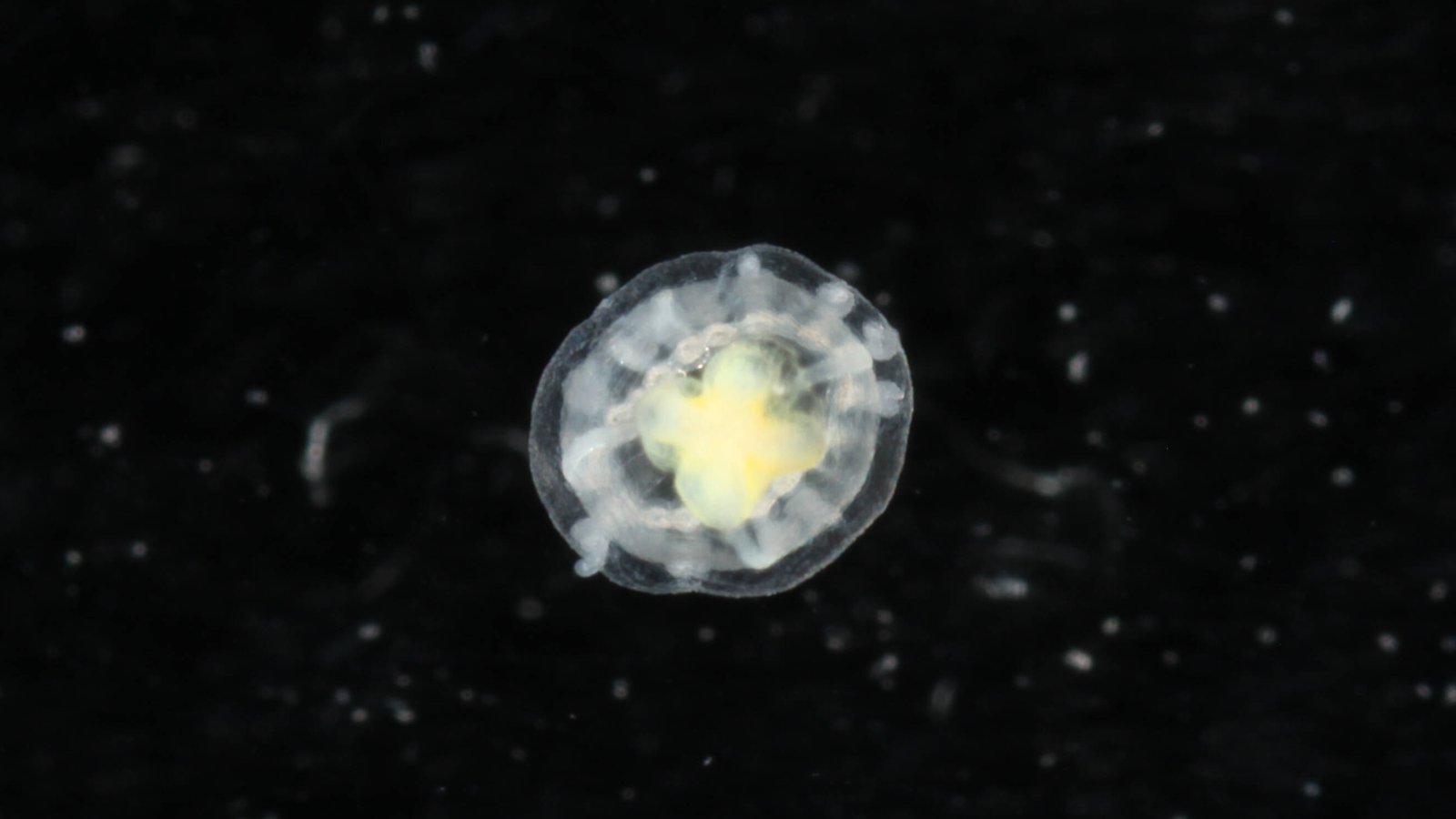
As you go deeper into the sea, pressure increases dramatically. For every 10 meters of depth, pressure rises by about one atmosphere. At 1,000 meters, the pressure is roughly 100 times what we experience on land. This extreme environment is home to uniquely adapted creatures.
In the abyssal and hadal zones, there is no light at all. Fish and invertebrates here rely on smell, vibrations, and chemical signals rather than sight. These ocean fun facts reveal just how alien deep-sea life can be and how it thrives in places we once thought were uninhabitable.
Deep-Sea Trenches and Underwater Mountains
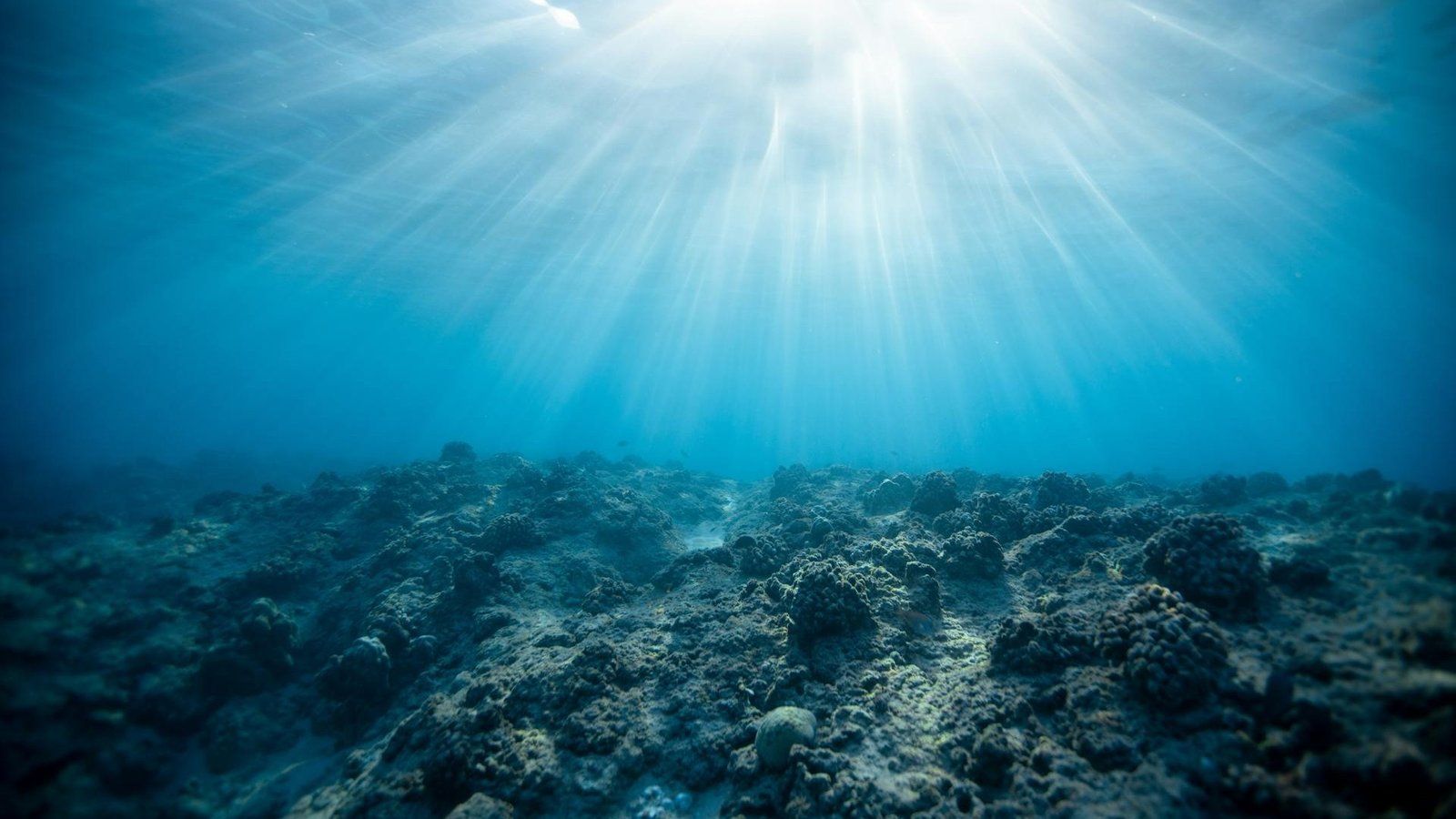
The ocean floor is far from flat. It features massive geological formations, including deep-sea trenches, mid-ocean ridges, and undersea mountains. Trenches like the Kuril-Kamchatka and Tonga Trenches are among the deepest places on Earth after the Mariana Trench.
Mid-ocean ridges, on the other hand, form vast underwater mountain chains. The Mid-Atlantic Ridge stretches over 10,000 miles and plays a role in seafloor spreading. These strange ocean depth facts highlight the ocean’s dynamic and constantly shifting landscape.
Creatures of the Deepest Part of the Ocean
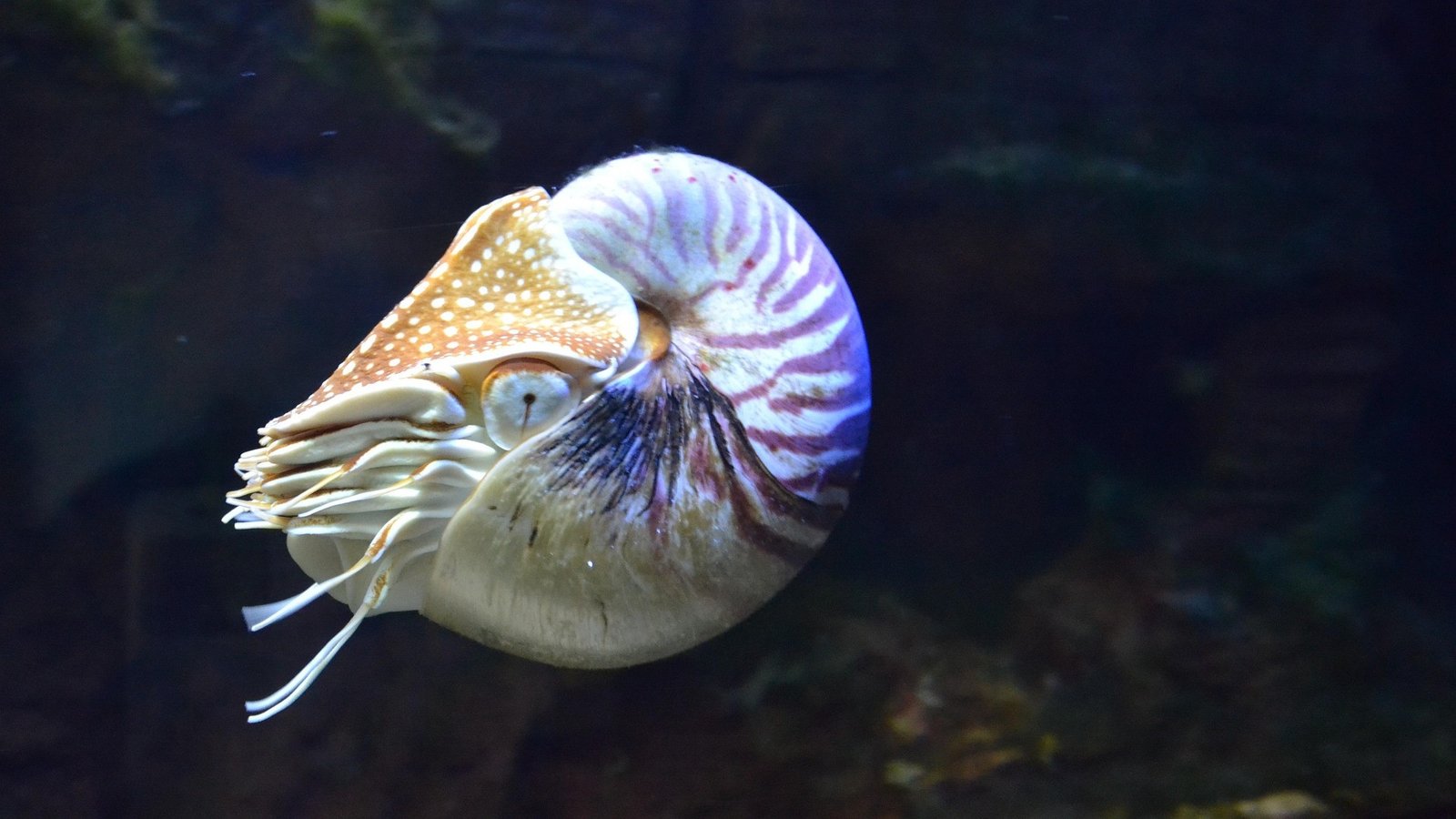
Despite extreme conditions, life flourishes in the ocean’s depths. From ghostly octopuses to faceless fish, the deep sea is home to some of the planet’s most unusual animals. These creatures are often slow-moving, with special adaptations that enable them to survive in high-pressure and low-food-availability environments.
Bioluminescent fish, deep-sea jellyfish, and giant isopods are just a few examples. Exploring the deepest part of the ocean has revealed ecosystems we never imagined existed. These findings continue to challenge our understanding of life on Earth.
Technology That Measures Ocean Depth
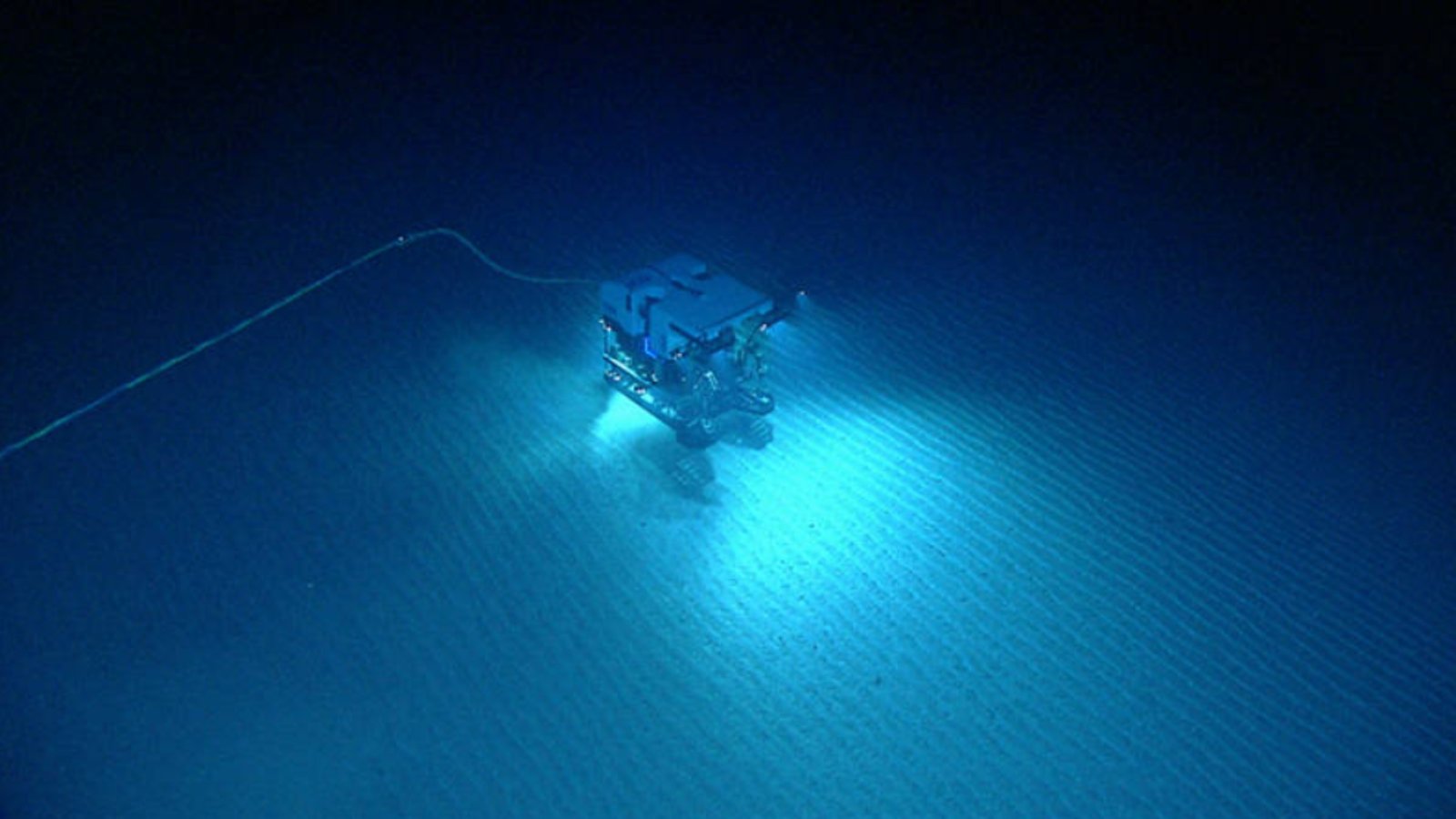
Modern technology has significantly enhanced the way we map and measure the ocean. Multibeam sonar systems, satellite altimetry, and remotely operated vehicles (ROVs) are just a few of the tools used to chart underwater terrain.
Despite these advancements, a large portion of the seafloor remains unexplored. Ocean mapping is critical for navigation, climate modeling, and conservation. A deeper understanding of the ocean’s layers allows us to better protect vulnerable ecosystems and anticipate environmental changes.
Why Ocean Depth Matters

Knowing more about ocean depth is not only interesting but also essential. Ocean layers influence climate, weather patterns, and marine biodiversity. The deep ocean also acts as a carbon sink, helping regulate the Earth’s atmosphere.
In addition, ocean fun facts about depth inspire curiosity and education, encouraging the next generation of scientists to explore our blue planet. As we learn more, we discover how deeply connected our lives are to the ocean, from the surface to the seafloor.
Final Thoughts

So, how deep is the ocean? The answer goes far beyond numbers. The ocean holds immense depth, complexity, and beauty, divided into hidden layers full of mystery and life. From the average ocean depth to the astonishing Mariana Trench depth, every part of the sea tells a story of geological wonder and biological adaptation.
By exploring ocean zones and uncovering facts about ocean depths, we gain a greater appreciation for this vast and vital part of our planet. Continue exploring the world of ocean science and discover the marvels that lie beneath the waves.

